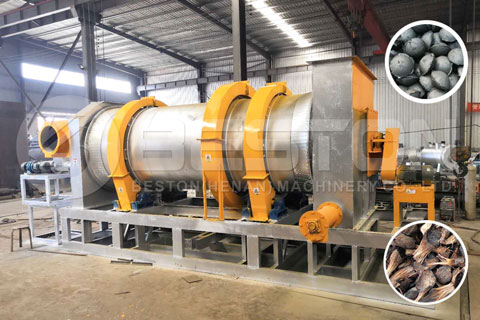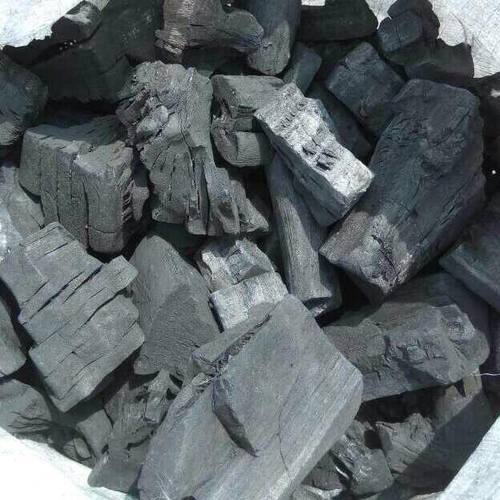The charcoal production equipment is popular. Why? Rice is without a doubt one of the world’s most important agricultural crops. The globe’s biggest rice producer is China. In 2019, the Asian country produced over a fifth of a billion tons of rice, and production rates are increasing with each passing year. Many investors are seeking a way to recycle biomass waste. There is a good method – charcoal production machine.
One thing that many people don’t know about rice production, however, is that it generates a lot of biomass waste in the form of rick husks. The husks are used to protect the rice grain, but they need to be separated during harvesting. Perhaps it will surprise you to hear that a fifth of the worldwide rice harvest consists of “waste” biomass. What’s worse, is that biomass are not like many other types of crop husks.

The husks from wheat and oats cash crops, for example, can be plowed back into the soil as they act as great fertilizers. Since rick husks have a high silicon content, they can’t be returned to the ground in their raw state to stimulate next year’s crop. It’s important to note that many agriculture farmers overcame that problem long ago and started incinerating biomasss and using the ashes as a soil fertilizer.
Today’s environmental production laws, however, have outlawed the burning of biomass waste like biomasss in many locations. In locations where incineration practices are not yet outlawed, the negative incentives make the practice less commercially viable. The good news is that rice hull carbonizer has now hit the marketplace. These machines can convert silicon-rich biomass waste into high-quality bio charcoal via a zero pollution process.

Charcoal Production Equipment
Charcoal production machines transform biomass waste into profitable commodities, including high-grade biochar briquettes. Biomass waste is fed into the carbonization furnaces via conveyor belt systems. For the best results, however, as much water as possible should be removed from biomass before they enter the carbonization chamber. Ideally, moisture levels of the biowaste should fall below 20%. If the raw materials have high moisture levels, the energy requirements for complete carbonization will cost more than the profits that can be generated from the biomass bio charcoal end product. Maybe you’re interested in this website: https://bestonasia.com/biochar-production-equipment/.
Biomass Charcoal Properties
Like all types of bio charcoal, biomass charcoal has clean-burning and antimicrobial properties. Consequently, it is a sought-after fuel source, especially for BBQs, as well as an appealing soil improvement additive. When used in soil improvement additives, not only does the biochar improve soil drainage and reduce outbreaks of root diseases, but it also increases crop yields thanks to its comprehensive micronutrient profile.
You can learn more about the wide range of applications of biomass biochar on Beston Website. There are hundreds of articles on the web explaining the beneficial qualities of the material in great detail. You can also request charcoal production equipment price quotes online.